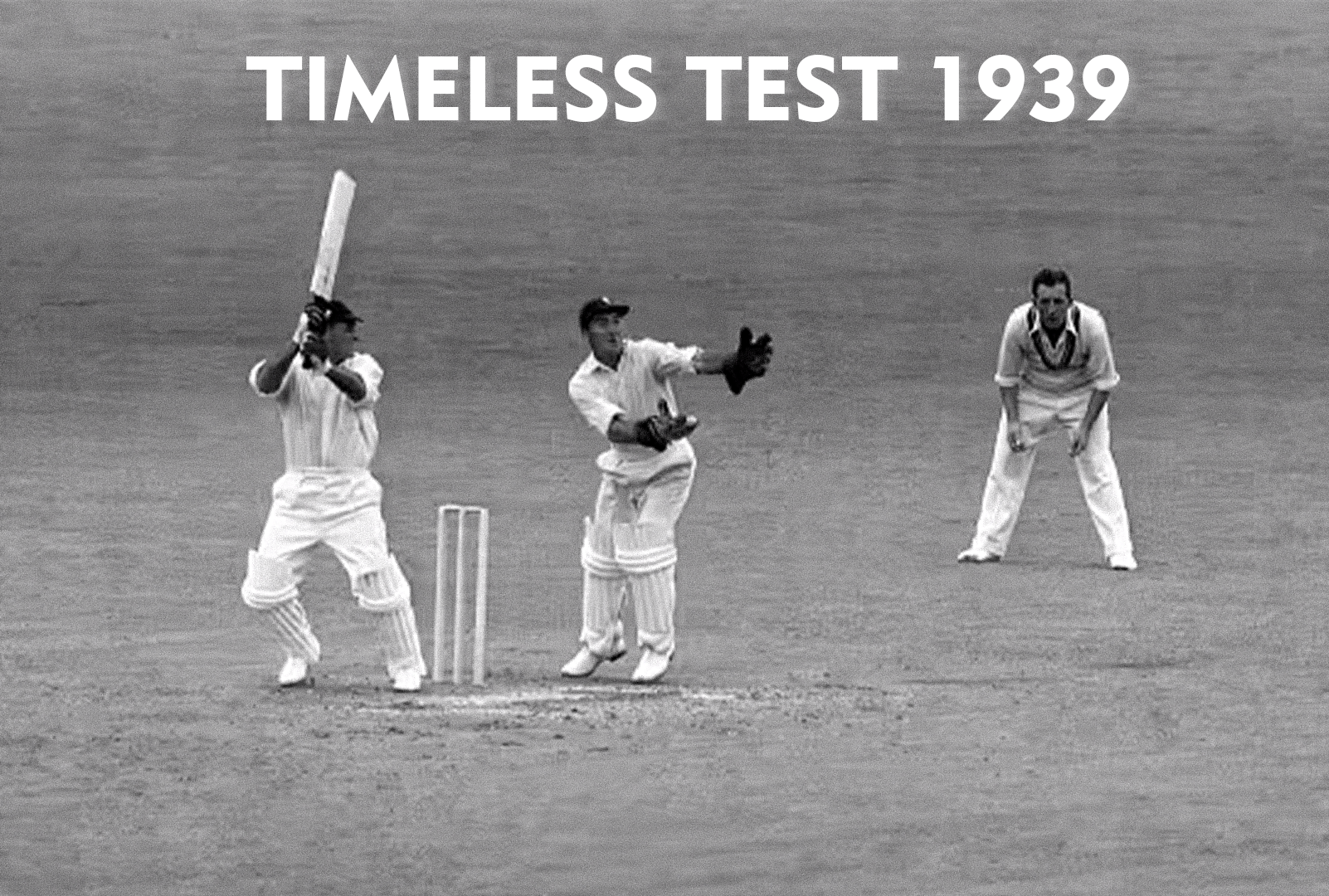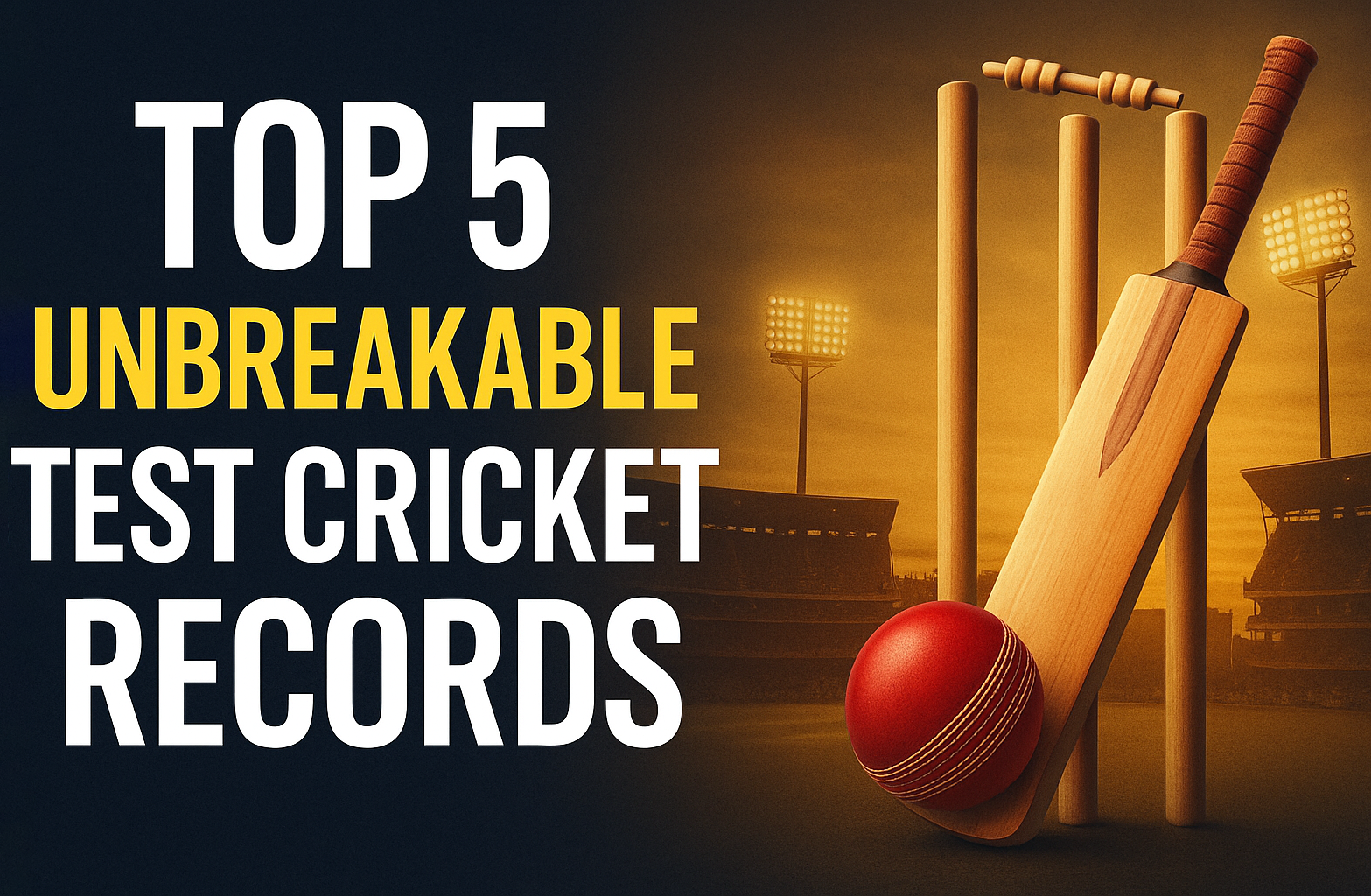England and South Africa played the longest Test match in cricket history, known as the “Timeless Test,” in Durban from March 3 to March 14, 1939. The match, which was intended to go until a clear outcome was reached, ended up lasting ten days of actual play, despite the fact that two scheduled rest days and one day were lost due to rain. This epic match at Kingsmead saw both teams rack up massive totals on a famously flat field, resulting in a record 1,981 runs scored and 5,447 deliveries bowled in 43 hours and 16 minutes of play.
The intrinsic feature of a “Timeless Test,” paired with a sluggish pitch, contributed substantially to the match’s unusual length. With no typical five-day limit, captains felt no pressure to declare, allowing batsmen to stay at the crease for extended periods and rack up big individual and team scores. For example, South Africa scored 530 in their first innings and 481 in their second, while England responded with 316 and an incredible 654/5 in their chase of 696. The continuous scoring and the bowlers’ inability to take wickets in the hot and humid circumstances dragged the match on.
Despite England coming so close to win, needing only 42 runs with five wickets in hand, the match was controversially abandoned. The English team had a stringent shipping schedule to follow on their return trip from Cape Town, and missing their vessel was not an option in an era before extensive air travel. This logistical requirement put an early halt to what could have been the greatest run-chase in Test history, resulting in a tie. The “Timeless Test” of 1939 was a watershed moment in cricket history, as its uncertain duration directly contributed to the introduction of the standardized five-day Test format, effectively ending an era of open-ended contests.








1 thought on “How Many Days did the Longest Test Match Last?”